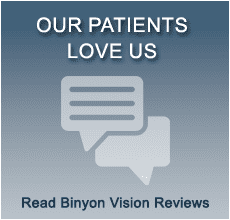A Dutch ophthalmologist, Dr. Herman Snellen, developed the 20/20 measurement system for visual acuity in 1862. Could he even have dreamed that 158 years later optometrists all over the US would be doing a happy dance that the year 2020 is going to be their year.
What is 20/20 vision?
In the Snellen measurement system- the top number represents the distance between the person and the eye chart. In the US, this distance is 20 feet. At this distance, one of the smaller lines at the bottom of the eye chart has been declared the standard- to correspond with normal visual acuity. If you can identify the letters on this line, but none of the smaller letters on lower lines, you have 20/20 vision.
The letters get larger as the lines go toward the top of the chart and each line corresponds to worse visual acuity. The smaller letters in lines below the 20/20 line correspond to better than 20/20 visual acuity. If you can read the 20/10 line- your visual acuity is two times better than someone who can only read the 20/20 line.
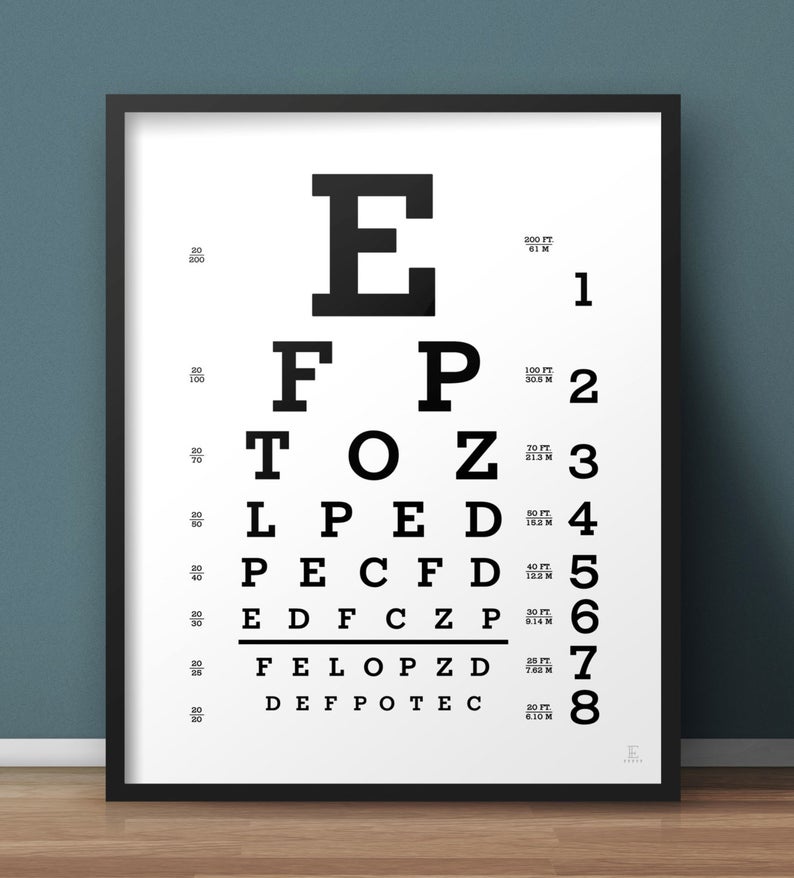
The single “E” at the top of the chart represents 20/200 vision. If this is the smallest letter you can read WITH corrective lenses in front of your eyes, you are legally blind.
Why do you keep saying 20/20 visual acuity?
While we tend to say “20/20 vision” a more proper term is 20/20 visual acuity. Vision is a term that is too general to accurately describe what the 20/20 measurement denotes. Why? Well, 20/20 vision is measured statically for one- in other words while the person is not moving. Also the measurement is using high contract- black letters on white background. This measurement is useful for a relative comparison of clarity of vision in a standard situation. It is a poor indicator of a person’s ability to see colored objects, moving objects or depth perception- all qualities of one’s vision. A more comprehensive description of vision would include eye tracking ability, contrast sensitivity and focusing speed.
An optometrist measures visual acuity with an instrument called phoropter in a procedure called a refraction. You’ll remember this from the eye exam when the doctor asks which is better one or two? and moves knobs or buttons until you can read the 20/20 line. The resulting numbers represent the strength of lenses needed to help you see 20/20.
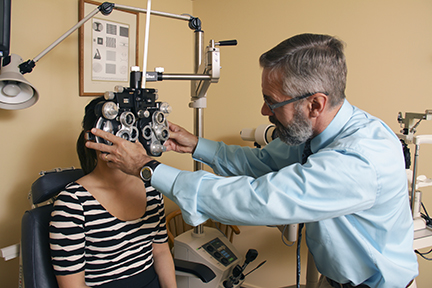
The quest for perfect vision
As discussed above, 20/20 visual acuity is a measured by eye doctors. There are even smart phone apps that can measure visual acuity. Using this reference will catch most visual disorders such as farsightedness, nearsightedness and astigmatism. Unfortunately certain eye conditions will prevent correction to 20/20 even with corrective lenses in glasses. These conditions include cataracts, macular degeneration and even extreme dry eyes. Often these conditions are progressive- meaning the vision degenerates more and more over time. There can be preventative measures to slow and even stop progression but in some cases the vision deterioration is irreversible. Read more information here about proactive eye care. Annual eye exams are extremely important to evaluate eye health and look for any early signs of these damaging conditions. An comprehensive eye exam is much more than seeing if you can read the 20/20 line. Every time you write “2020” let that be a reminder to visit the optometrist and congratulate them on the year of perfect vision. Click here to schedule your appointment today!
Much of the information in this blog post was gleaned from Dr. McEathron, Dr. LeClaire and the fine writing at www.allaboutvision.com.



 How often do you take your car to be serviced or head to the dentist? How often do you update the anti-virus software on your PC to protect your hard drive?
How often do you take your car to be serviced or head to the dentist? How often do you update the anti-virus software on your PC to protect your hard drive?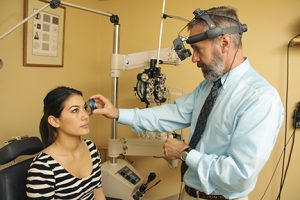 of the year- your birthday month – as soon as school’s out for summer or before the year is out – pick a time to schedule your yearly eye check up/regular preventative maintenance and stick to it! Your future self will thank you!
of the year- your birthday month – as soon as school’s out for summer or before the year is out – pick a time to schedule your yearly eye check up/regular preventative maintenance and stick to it! Your future self will thank you!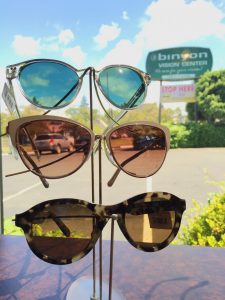 Whenever you spend time outside, there are easy ways to protect your eyes from the sun to help reduce the risks discussed above. Wearing quality sunglasses that provide 100% protection against UV-A and UV-B radiation is the first step. Transition lenses (that darken in sunlight) also provide 100% UV protection. Wrap-around sunglasses provide the most amount of protection. Don’t forget about protecting children and young adults eyes too! They typically spend the most time in the sun. Therefore, implementing the sunglasses habit can make the biggest impact to their long term eye health. It does this by reducing the amount of accumulative hours of UV exposure!
Whenever you spend time outside, there are easy ways to protect your eyes from the sun to help reduce the risks discussed above. Wearing quality sunglasses that provide 100% protection against UV-A and UV-B radiation is the first step. Transition lenses (that darken in sunlight) also provide 100% UV protection. Wrap-around sunglasses provide the most amount of protection. Don’t forget about protecting children and young adults eyes too! They typically spend the most time in the sun. Therefore, implementing the sunglasses habit can make the biggest impact to their long term eye health. It does this by reducing the amount of accumulative hours of UV exposure!








